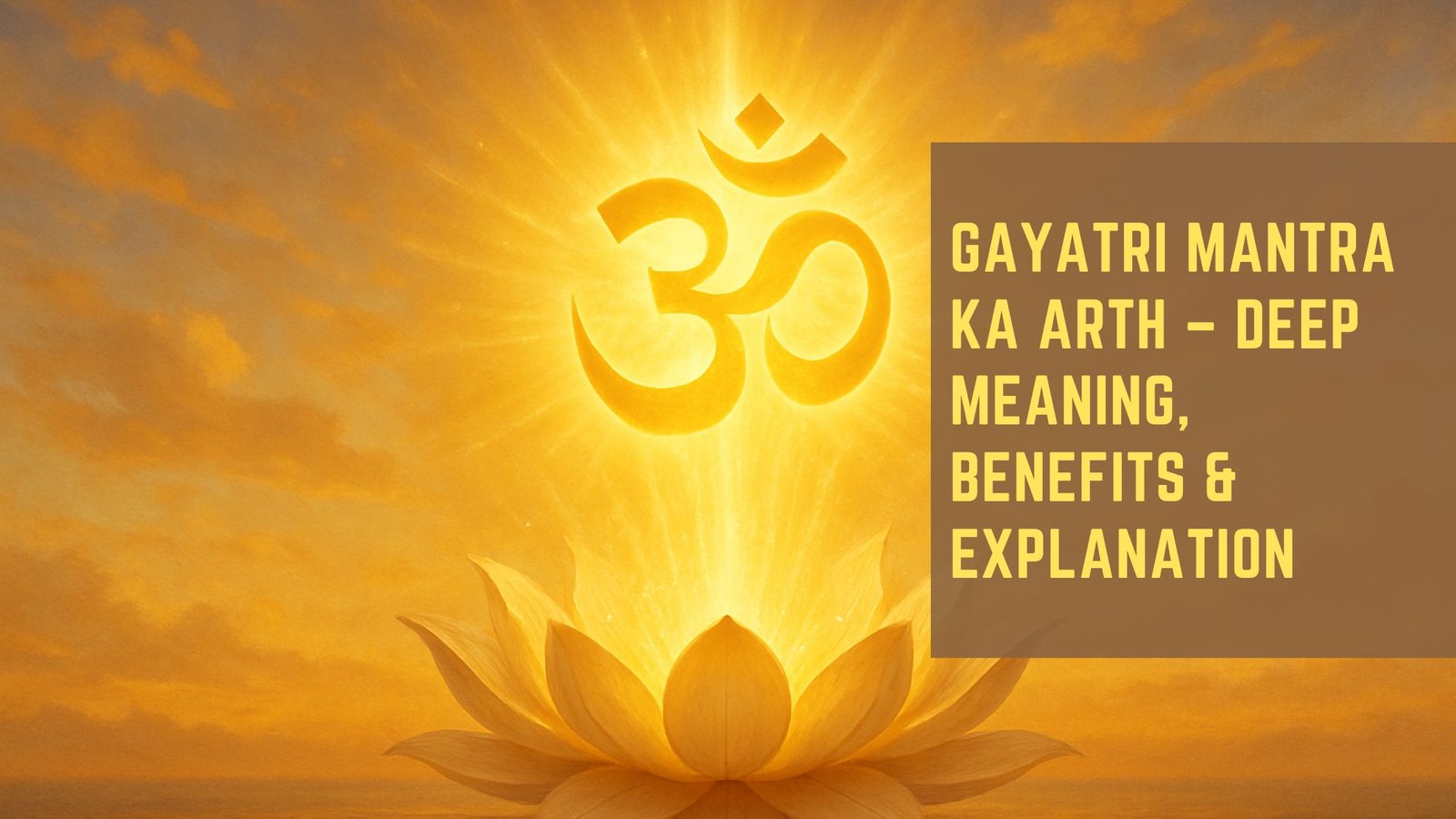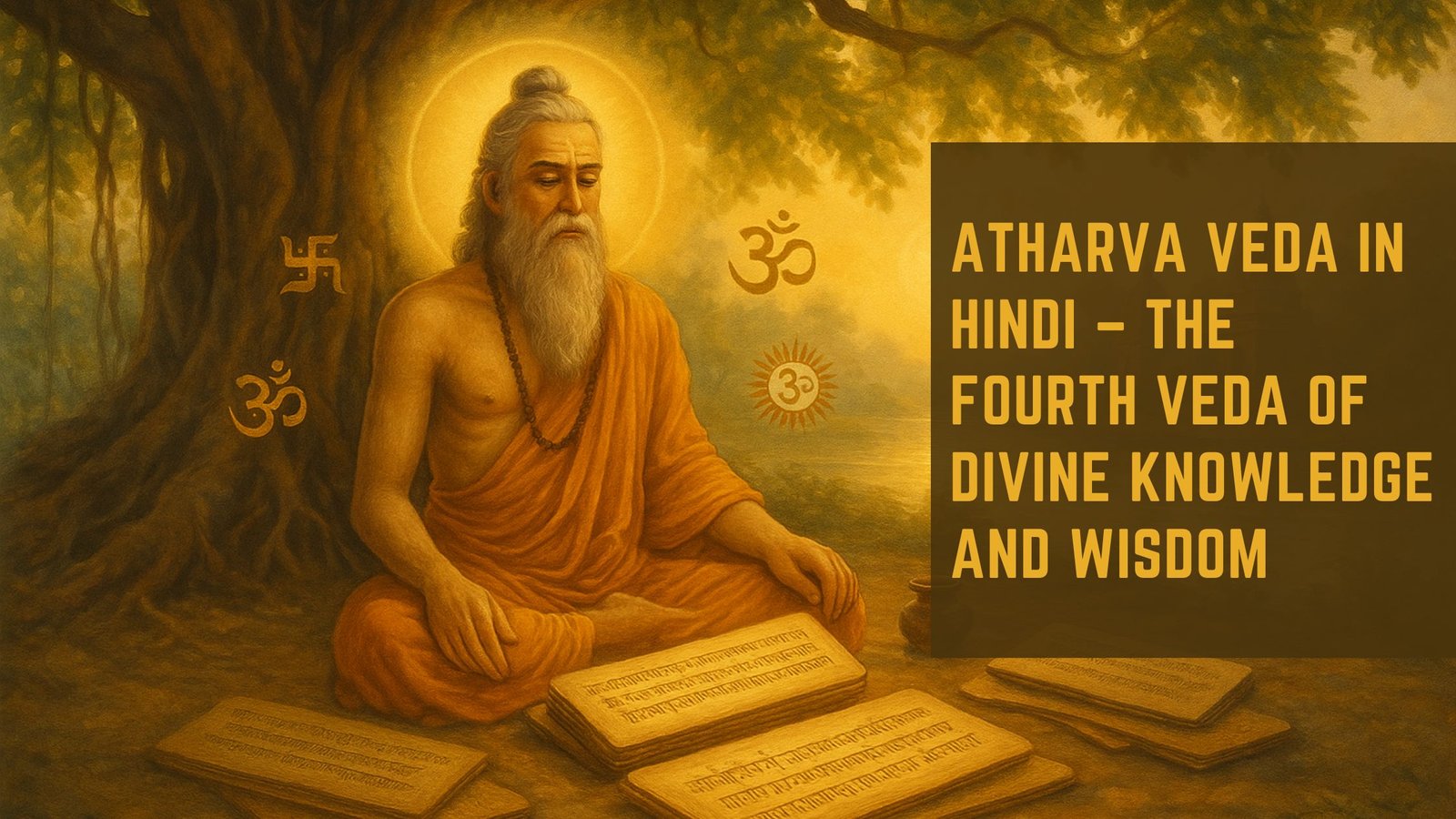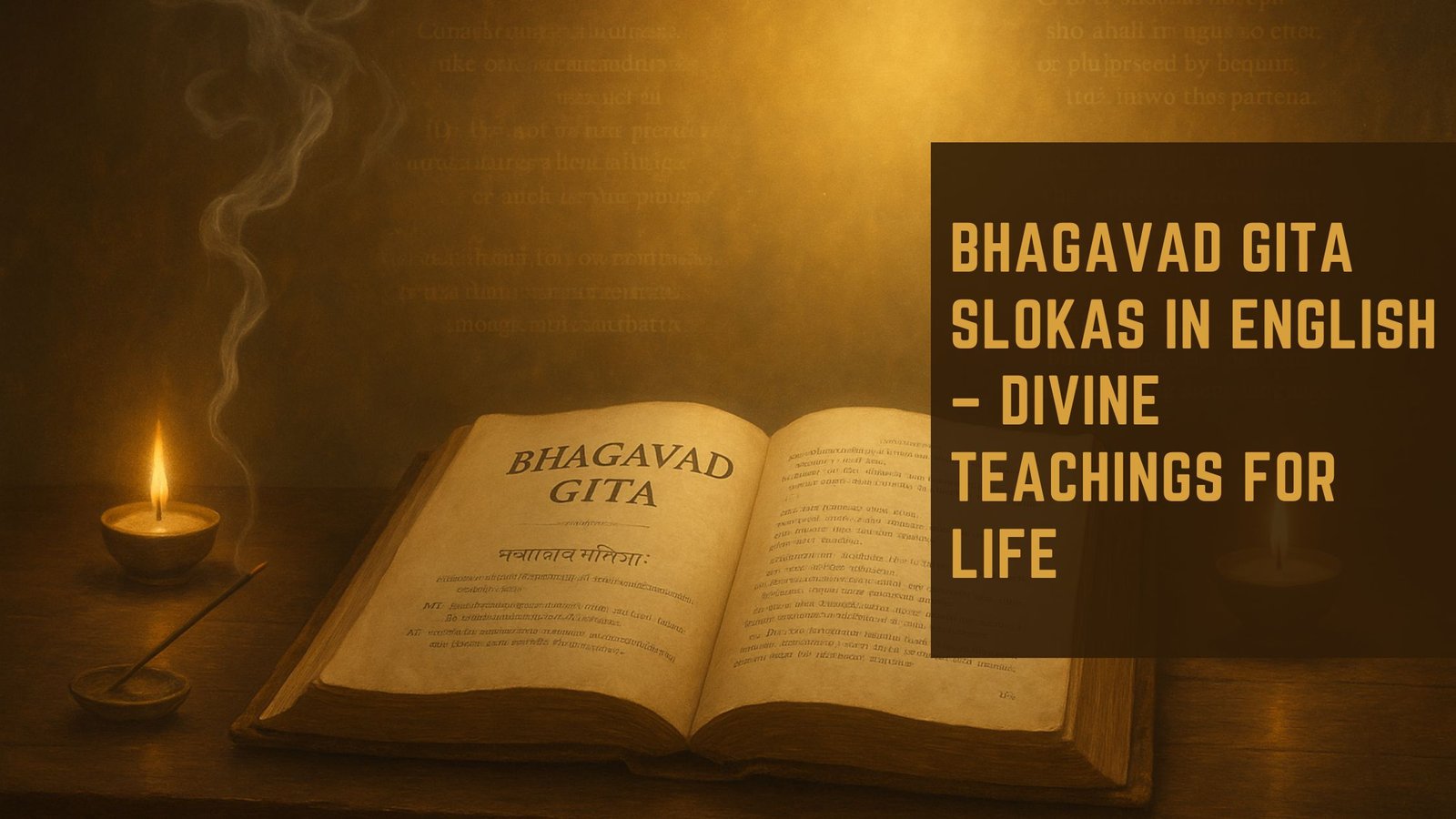The Bhagavad Gita, a revered text in Hindu philosophy, serves as a guide to understanding the complexities of life and the pursuit of spiritual wisdom. Among its many teachings, Chapter 6, Verse 12 stands out for its profound insights into the nature of inner peace. In this verse, Lord Krishna instructs Arjuna on the importance of focusing the mind and achieving a state of tranquility.
The essence of this teaching is not merely about finding a momentary escape from the chaos of life but rather about cultivating a deep-seated sense of peace that can withstand external turmoil. This verse encapsulates the journey toward self-realization and the mastery of one’s thoughts, which is essential for anyone seeking a harmonious existence. The significance of Bhagavad Gita 6:12 extends beyond its historical context; it resonates with individuals across cultures and eras who grapple with the challenges of modern life.
In a world filled with distractions and stressors, the quest for inner peace has become increasingly relevant. The teachings of this ancient scripture offer timeless wisdom that encourages individuals to look inward, fostering a sense of calm that can lead to greater clarity and purpose. By exploring the concepts presented in this verse, one can embark on a transformative journey toward understanding and embodying inner peace.
Key Takeaways
- Bhagavad Gita 6:12 emphasizes the importance of finding inner peace through self-discipline and self-control.
- Understanding the concept of peace within involves cultivating a sense of detachment and equanimity.
- Techniques for finding inner peace include meditation, mindfulness, and overcoming obstacles on the path to inner peace.
- Self-discipline and self-control are important for maintaining inner peace and achieving a sense of balance in life.
- Applying the teachings of Bhagavad Gita 6:12 in daily life can lead to a more peaceful and fulfilling existence.
Understanding the concept of peace within
Inner peace is often described as a state of mental and emotional stability, characterized by a profound sense of calm and contentment. It is not merely the absence of conflict or turmoil but rather an active state of being that arises from self-awareness and acceptance. The Bhagavad Gita emphasizes that true peace comes from within, suggesting that external circumstances do not dictate one’s emotional state.
Instead, it is the individual’s perception and response to these circumstances that shape their experience of peace. This understanding invites individuals to take responsibility for their inner world, recognizing that they possess the power to cultivate tranquility regardless of external conditions. Moreover, the concept of inner peace is intricately linked to self-acceptance and compassion.
When individuals learn to embrace their thoughts and feelings without judgment, they create a fertile ground for peace to flourish. The Bhagavad Gita teaches that by acknowledging one’s imperfections and embracing vulnerability, individuals can transcend the limitations imposed by societal expectations. This journey toward self-acceptance fosters resilience, allowing individuals to navigate life’s challenges with grace and equanimity.
Ultimately, understanding inner peace as an internal state empowers individuals to cultivate a lasting sense of serenity that is not easily shaken by external events.
Techniques for finding inner peace

Finding inner peace often requires intentional practices that nurture the mind and spirit. One effective technique is the practice of mindfulness, which involves being fully present in the moment without judgment. By focusing on the here and now, individuals can reduce anxiety about the future or regrets about the past.
Mindfulness encourages a deeper connection with one’s thoughts and emotions, allowing for greater clarity and understanding. Simple practices such as mindful breathing or observing nature can serve as gateways to cultivating this state of awareness, ultimately leading to a more peaceful existence. Another powerful technique for achieving inner peace is through journaling.
Writing down thoughts and feelings can provide an outlet for emotional expression, helping individuals process their experiences more effectively. This practice not only fosters self-reflection but also allows individuals to identify patterns in their thinking that may contribute to stress or unrest. By articulating their thoughts on paper, individuals can gain perspective and clarity, paving the way for a more peaceful mindset.
Additionally, engaging in creative activities such as art or music can serve as therapeutic outlets, promoting relaxation and enhancing overall well-being.
Importance of self-discipline and self-control
| Metrics | Importance |
|---|---|
| Personal growth | Self-discipline and self-control are essential for personal growth and development. |
| Productivity | They are crucial for maintaining focus and achieving goals, leading to increased productivity. |
| Health | They contribute to better health by promoting healthy habits and lifestyle choices. |
| Success | They are key factors in achieving success and reaching one’s full potential. |
Self-discipline and self-control are fundamental components in the pursuit of inner peace as highlighted in the teachings of the Bhagavad Gita. These qualities enable individuals to manage their thoughts and emotions effectively, preventing them from being swept away by external circumstances or internal turmoil. The ability to exercise self-discipline allows individuals to establish healthy habits that contribute to their overall well-being.
Whether it involves setting aside time for meditation or prioritizing self-care, these practices require commitment and consistency, ultimately leading to a more peaceful state of being.
When faced with adversity or conflict, individuals who possess self-control are better equipped to respond thoughtfully rather than react impulsively.
This measured approach fosters resilience and helps maintain inner peace even in turbulent times. The Bhagavad Gita emphasizes that true strength lies not in external power but in the ability to govern one’s own mind and emotions. By cultivating self-discipline and self-control, individuals can create a solid foundation for lasting inner peace.
The role of meditation and mindfulness
Meditation is often regarded as one of the most effective tools for achieving inner peace, as it allows individuals to quiet their minds and connect with their inner selves. The practice involves focusing attention and eliminating distractions, creating a space for introspection and reflection. Through regular meditation, individuals can develop greater awareness of their thoughts and emotions, leading to a deeper understanding of themselves.
This heightened awareness fosters a sense of calm that permeates daily life, enabling individuals to approach challenges with clarity and composure. Mindfulness complements meditation by encouraging individuals to remain present in their daily activities. By incorporating mindfulness into everyday routines—whether during meals, conversations, or even mundane tasks—individuals can cultivate a sense of peace that transcends formal meditation sessions.
This practice encourages appreciation for the present moment, reducing stress and anxiety associated with future uncertainties or past regrets. Together, meditation and mindfulness create a powerful synergy that nurtures inner peace, allowing individuals to navigate life’s complexities with grace.
Overcoming obstacles on the path to inner peace

Breaking Free from Negative Patterns
Recognizing these patterns is the first step toward overcoming them; awareness allows individuals to challenge negative thinking and replace it with more constructive perspectives. The teachings of the Bhagavad Gita encourage individuals to confront their fears and insecurities head-on, fostering resilience in the face of adversity.
Minimizing External Distractions
Another significant obstacle on the path to inner peace is external distractions—be it technology, social media, or societal pressures—that can disrupt focus and create mental clutter. In today’s fast-paced world, it is easy for individuals to become consumed by external stimuli, leading to feelings of restlessness or anxiety.
Cultivating Inner Peace
To counteract this, establishing boundaries around technology use and prioritizing time for solitude can be beneficial. By creating intentional spaces for reflection and stillness, individuals can cultivate an environment conducive to inner peace.
Cultivating a sense of detachment and equanimity
Detachment is often misunderstood as indifference; however, in the context of the Bhagavad Gita, it refers to maintaining a balanced perspective amidst life’s ups and downs. Cultivating detachment allows individuals to engage fully in life without becoming overly attached to outcomes or possessions. This sense of equanimity fosters resilience, enabling individuals to navigate challenges without being overwhelmed by emotional turbulence.
By practicing detachment, one learns to appreciate experiences without clinging to them, creating space for acceptance and peace. Equanimity also involves recognizing that change is an inherent part of life. Embracing impermanence allows individuals to let go of rigid expectations and accept situations as they are.
This acceptance does not imply passivity; rather, it encourages proactive engagement with life while remaining grounded in one’s values and principles. The teachings of the Bhagavad Gita emphasize that true strength lies in maintaining composure regardless of external circumstances—a lesson that resonates deeply in today’s ever-changing world.
Applying the teachings of Bhagavad Gita 6:12 in daily life
Integrating the teachings of Bhagavad Gita 6:12 into daily life requires conscious effort and commitment. One practical approach is to establish a daily routine that incorporates mindfulness practices such as meditation or deep breathing exercises. Setting aside dedicated time each day for these practices can help cultivate a sense of calm that permeates all aspects of life.
Moreover, applying these teachings involves fostering an attitude of gratitude and acceptance toward life’s challenges. By reframing difficulties as opportunities for growth rather than obstacles, individuals can cultivate resilience and maintain a peaceful mindset even in adversity.
The Bhagavad Gita encourages individuals to view life through a lens of purpose and meaning, reminding them that every experience contributes to their spiritual journey. By embracing this perspective, one can navigate life’s complexities with grace while remaining anchored in inner peace. In conclusion, the teachings found within Bhagavad Gita 6:12 offer profound insights into the pursuit of inner peace.
By understanding the nature of peace within oneself, employing techniques such as mindfulness and meditation, cultivating self-discipline, overcoming obstacles, embracing detachment, and applying these principles in daily life, individuals can embark on a transformative journey toward lasting tranquility. Ultimately, these teachings serve as a timeless reminder that true peace resides within each individual—waiting to be discovered through intentional practice and self-awareness.
In Bhagavad Gita chapter 6 verse 12, Lord Krishna emphasizes the importance of self-discipline and self-control in achieving inner peace and spiritual growth. This verse highlights the significance of mastering the mind and senses to attain true happiness and fulfillment. For further insights on finding purpose and inner peace through the teachings of the Bhagavad Gita, you may want to read the related article titled The Message of the Bhagavad Gita: Finding Purpose and Inner Peace. This article delves deeper into the timeless wisdom of the Gita and offers valuable guidance on leading a meaningful and fulfilling life.
FAQs
What is the Bhagavad Gita?
The Bhagavad Gita is a 700-verse Hindu scripture that is part of the Indian epic Mahabharata. It is a sacred text of the Hindu religion and is considered one of the most important spiritual classics.
What is Chapter 6, Verse 12 of the Bhagavad Gita about?
Chapter 6, Verse 12 of the Bhagavad Gita discusses the practice of meditation and the importance of self-discipline in achieving inner peace and spiritual growth.
What is the significance of Chapter 6, Verse 12 in the Bhagavad Gita?
Chapter 6, Verse 12 emphasizes the importance of self-discipline and the practice of meditation as a means to control the mind and attain spiritual enlightenment.
How is Chapter 6, Verse 12 relevant to modern life?
Chapter 6, Verse 12’s teachings on self-discipline and meditation are relevant to modern life as they offer guidance on managing stress, finding inner peace, and achieving spiritual growth in a fast-paced and often chaotic world.
Where can I read Chapter 6, Verse 12 of the Bhagavad Gita?
Chapter 6, Verse 12 of the Bhagavad Gita can be found in various translations of the scripture, including online sources, books, and religious texts related to Hinduism.















